At present, some coffee-producing countries basically only produce a few fixed coffee varieties, such as Brazil mainly produces Bourbon, and Jamaican Blue Mountain mainly produces Typica, etc.
In fact, in many cases, it is due to the spread of coffee varieties. Those that are spread to the local and can have good adaptability in the local environment have thus become the main varieties produced in the local. In addition, some varieties are new varieties developed by the national coffee research institute and are vigorously promoted for planting in the country.
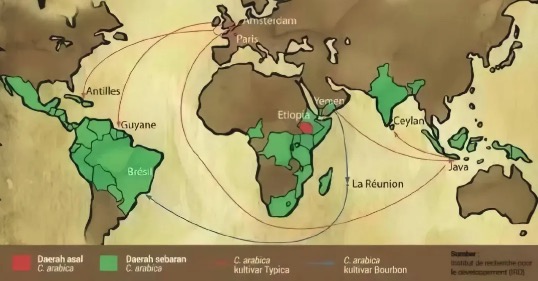
Some countries conduct research on coffee varieties because major leaf rust disasters occurred in the 19th century, so it is necessary to develop more disease-resistant coffee varieties. Also, it is hoped to develop new-generation coffee varieties that are high-yielding, disease-resistant, and have good flavor.
According to historical records, at the end of the 19th century, the largest-scale leaf rust disaster in history occurred, which destroyed almost all the coffee trees in the eastern hemisphere (most areas in Asia and Africa). After that, the Arabica coffee varieties were transferred to the western hemisphere (the American region) for planting. For this leaf rust disaster, some coffee-producing countries began to turn to planting stronger varieties of Robusta, and some countries began to establish national coffee research institutes to develop coffee varieties with disease resistance through research.
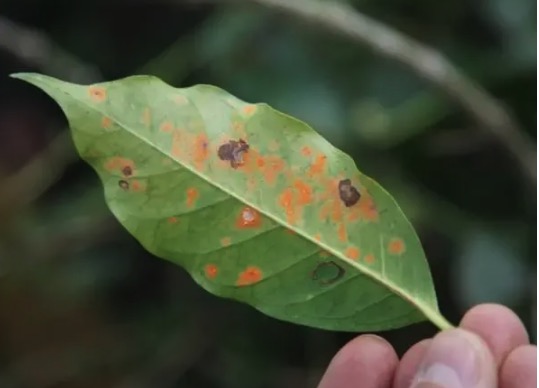
However, due to their characteristics, the government will definitely vigorously promote the nationwide planting of these varieties developed with invested funds, so these countries mainly produce the new varieties developed in the country. At present, the more common laboratory varieties are the SL28, SL34, and Ruiru 11 in Kenya, as well as the H1, which is a common F1 hybrid variety in Latin America, and the globally common Catuai, and so on.
Catuai
Catuai is a hybrid variety between the high-productivity New World Mundo Novo and Caturra. It is a variety produced by the IAC of Campinas, Sao Paulo, Brazil. Catuai has the characteristics of high productivity and small volume, so it can be intensively planted. Due to its characteristics, it is currently planted in many countries in the Americas.
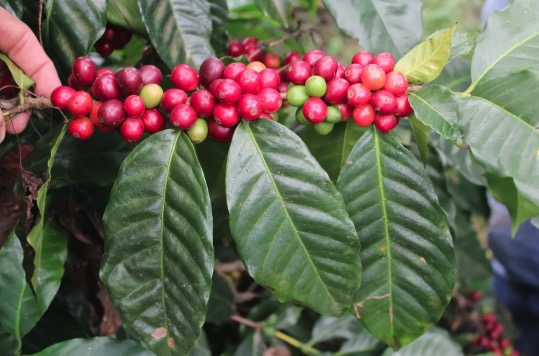
SL28, SL34, Ruiur11
These two varieties were commissioned by the Kenyan government in the late 1930s to select 42 varieties for their yield, quality, drought resistance, and disease resistance for research, and named the 42 varieties with the abbreviation SL + numbers. It was finally found that the SL28 and SL34 varieties have good quality and flavor, as well as high yield, but are prone to coffee diseases.
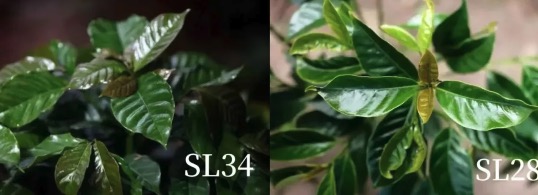
Ruiru 11 takes Catimor as the female parent, and the male parent is a complex hybrid. In 1968, a coffee berry disease (CBD) broke out in Kenya, resulting in a reduction of about 50% in the output of coffee beans. The coffee research institute in Ruiru began a breeding program to develop a variety that can be immune to CBD. The breeding experts spent many years first developing the male parent of Ruiru 11, which covers the advantages of multiple varieties such as K7, SL28, N39, Rume Sudan, etc. In 1985, the Ruiri 11 named after the local was launched. This variety has high yield, good quality, disease resistance to berry disease, certain disease resistance to leaf rust, but is easily affected by nematode categories.
Therefore, when buying Kenyan coffee beans currently, many times what you see are SL28, SL34, or Ruiru 11, such as the Kenyan Asaliya coffee beans used by Qianjie Coffee, which are made using SL28 and SL34 varieties.
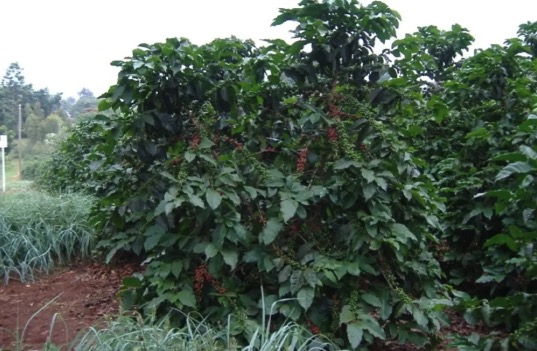
H1
The H1 variety belongs to the selected F1 coffee variety breeding program, which is to look for coffee varieties that can fight against increasingly rampant coffee diseases. The French Agricultural Research and Development Center (CIRAD) and the National Coffee Organization of Central America (ROMECAFE) jointly launched a new variety breeding plan. And it is assisted in implementation by the Inter-American Agricultural Research Institute (IIAC) and the CATIE Tropical Plant Research Center in Costa Rica. CATIE selected from hundreds of coffee varieties, using Caturra, Catuai, Catimor, Sarchimor (a hybrid of Verasatim and Tim), and an ancient African wild variety Rume Sudan, and by means of artificial pollination, the pollen of T5296 (descendant of Sarchimor) was applied to the stamen of Rume Sudan. After 5 years of efforts, CATIE has harvested a total of 100 different new generations and selected 20 of them for breeding and cultivation. These F1 primary generations not only have stronger disease resistance and drought tolerance, but also have the advantages of higher yield and good flavor. And the H1 variety is a variety of the first generation F1 hybrid group, which is a hybrid breed from the first generation F1 hybrid series T-5296 (Sarchimor) and Sudan Rume. This coffee has good quality and good flavor, and has 22% higher yield than other traditional American varieties in terms of yield, and has a strong resistance to rust, but is easily affected by nematode attacks. Currently, the H1 variety is more common in Costa Rica, and the Costa Rican Mozart coffee beans selected by Qianjie Coffee are made using the H1 variety.
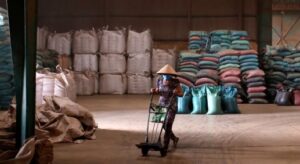
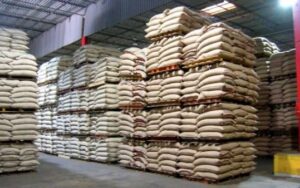


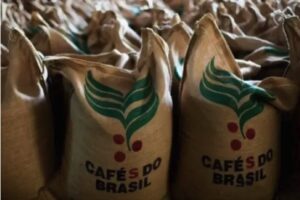

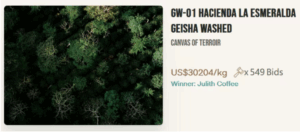
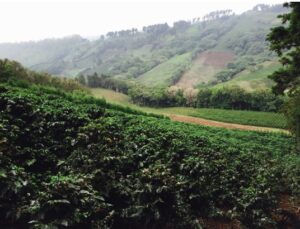

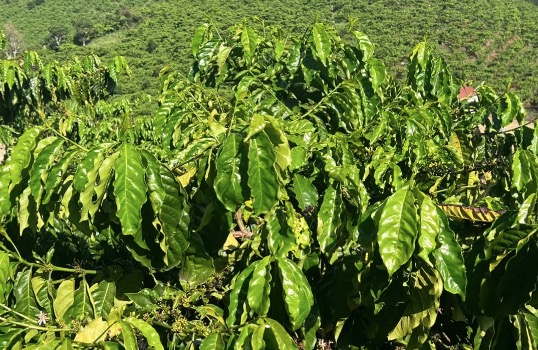
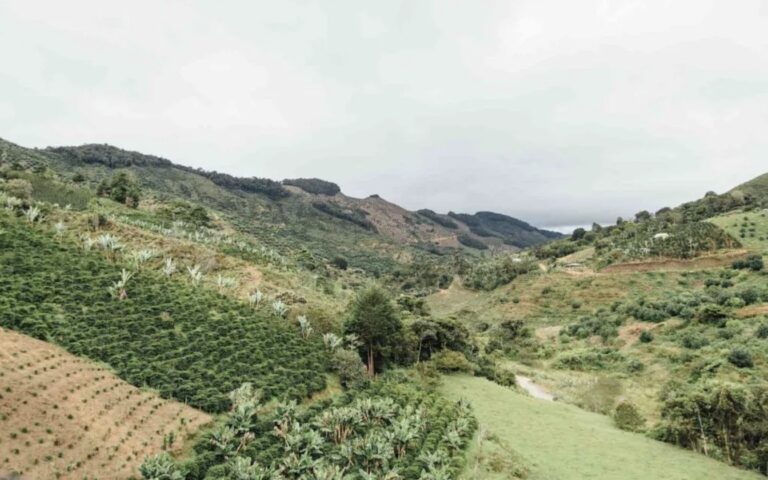

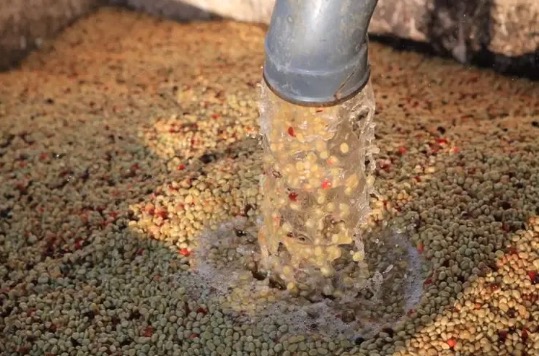
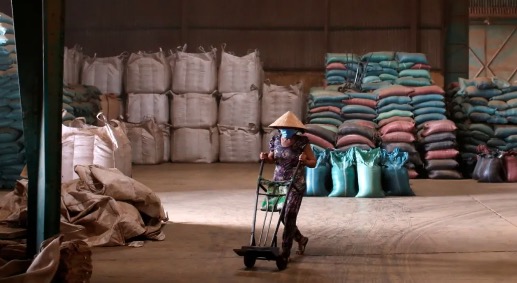
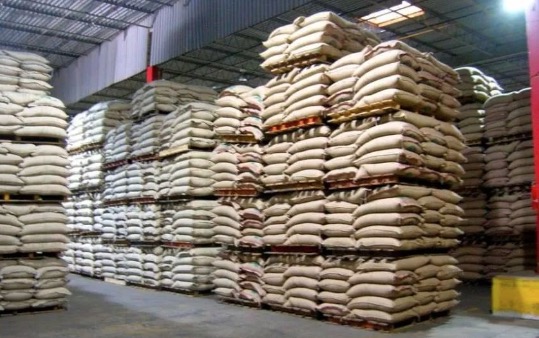

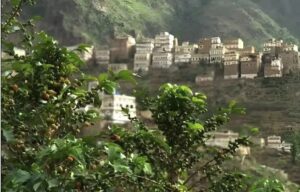
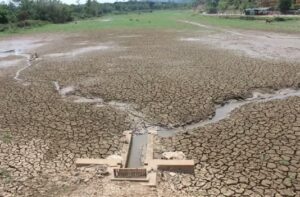

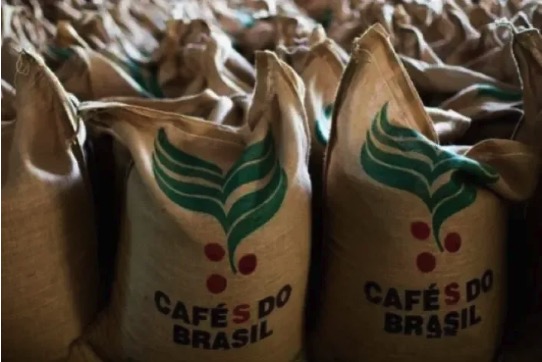

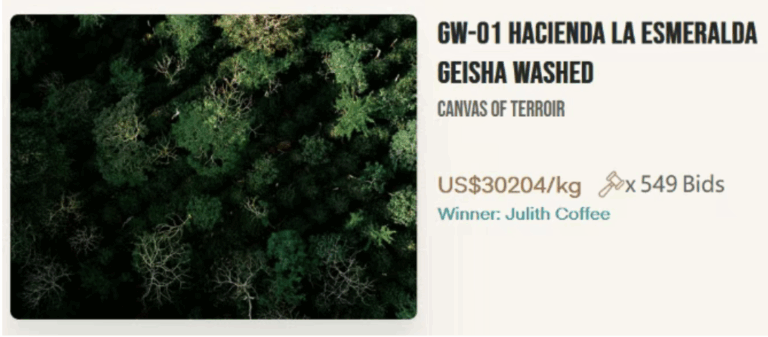
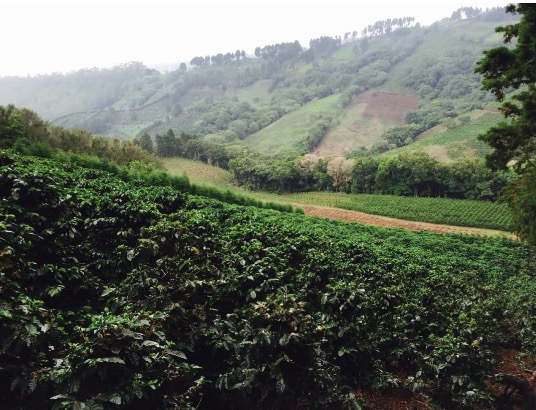
+ There are no comments
Add yours